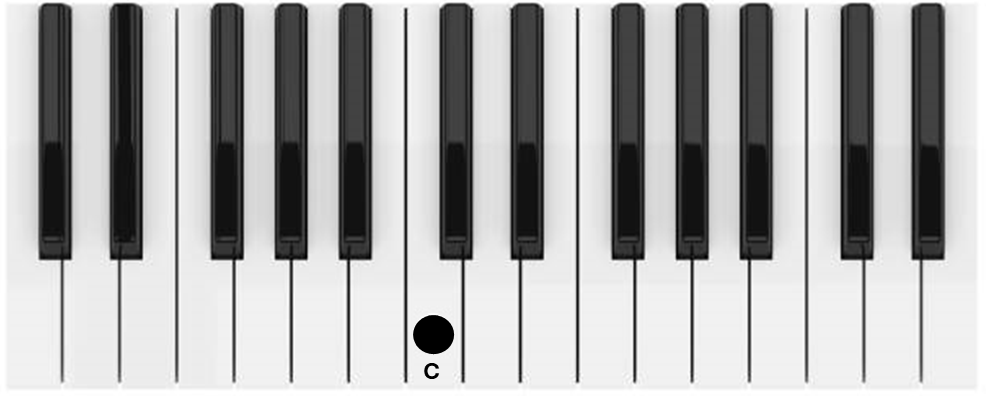The diatonic scale
PIANO FOR SONGWRITERS
PIANO FOR SONGWRITERS
Seven tones that give so much

Understanding the scale
No one knows the origin of the word diatonic. Its derivation is obscure. However, it has been defined since at least the middles ages as a scale of 7 tones. What makes a scale diatonic is the interval between each tone. These intervals are not the same throughout the scale and as consequence the black keys of a piano are grouped in 2s and 3s.Here is how (taking the diatonic scale of C as an example): Going from the first tone of the scale, the next tone up is a whole tone to D. The next tone up from this is also a whole tone up to E. However the interval between the third and fourth tones E to F is a semitone (half tone). The next three tones are F, G and A - they are all whole tones apart. Finally we get to the seventh tone B and its interval to the C above is a semitone (half tone). A diatonic scale has five whole tone intervals and two semitone intervals with the semitone intervals being spread as far a part as possible.
What is the difference between a tone and a note?
This is probably best understood by considering a guitar fretboard. Building a guitar has similarities to the work of a scientific instrument maker: The scale length (from nut to bridge) is precisely calibrated with frets to produce a scale of ascending semitones. Each semitone has a specific frequency. You may remember the A above middle C is 440 Hz. When you carefully place a finger between the frets on any given string, you will be selecting a tone. Plucking the string with your other hand produces an instance of that tone called a note.William Colquhoun-Flannery © 2025